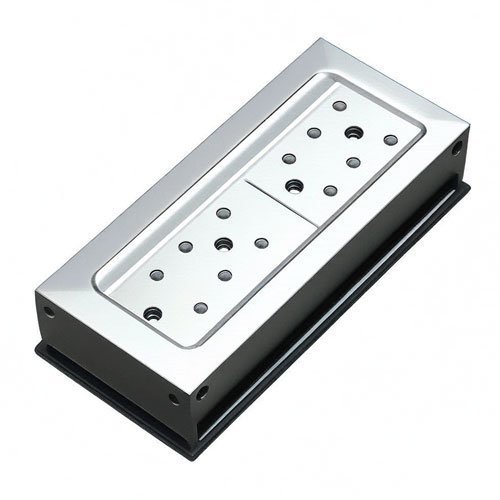Introduction
CNC (Computer Numerical Control) machining has revolutionized the manufacturing sector, providing unparalleled precision in part production. However, varying machining processes can significantly affect the accuracy of CNC operations. Understanding these effects is critical for engineers and manufacturers aiming for optimal machining outcomes. This article delves into the relationship between machining processes and CNC accuracy, highlighting key factors that influence part precision.
Understanding CNC Machining Processes
CNC machining encompasses several processes such as milling, turning, and grinding. Each process requires specific setups, tooling, and parameters that directly influence the final accuracy of parts. For example, during the milling process, the choice of feed rate, spindle speed, and depth of cut can lead to variations in dimensional accuracy.
Machining Parameters and Their Impact
To achieve high CNC accuracy, one must carefully select machining parameters:
- Feed Rate: The speed at which the cutting tool engages the workpiece affects surface finish and dimensional control. A higher feed rate may lead to reduced accuracy due to vibration or tool wear.
- Spindle Speed: Optimal spindle speed minimizes heat generation and tool wear, ensuring better accuracy. Each material has a recommended cutting speed, which should be strictly adhered to.
- Tool Selection: The choice of tool material and geometry can significantly impact machining accuracy. For instance, carbide tools generally offer better wear resistance and stability compared to high-speed steel tools.
Analyzing Material Type
The type of material being machined plays a crucial role in determining CNC accuracy. Materials like aluminum and titanium behave differently under machining processes:
- Aluminum Machining: Known for its machinability, aluminum still requires careful parameter adjustments to prevent issues like burr formation and tool deflection, which can impair precision.
- Titanium Machining: More difficult to machine compared to aluminum, titanium’s tendency to work-harden requires slower feeds and specialized tooling to maintain accuracy.
Common Issues Affecting CNC Accuracy
Several factors can lead to inaccuracies during the CNC machining process:
- Thermal Expansion: As the cutting tool and material heat up during machining, they expand. This expansion can lead to dimensional changes if not compensated for.
- Tool Wear: Over time, the cutting edge of tools can wear, leading to variations in size and shape. Regular inspection and replacement of tools can mitigate this issue.
- Machine Calibration: Properly calibrated CNC machines are essential to maintain part accuracy. Regular maintenance checks ensure that machines function within specified tolerances.
Conclusion
In summary, the relationship between machining processes and CNC accuracy is intricate and multifaceted. By understanding the critical parameters involved—from feed rates to tool selection—engineers and manufacturers can optimize their operations for superior precision. Regular maintenance, calibration, and adjustments based on material properties are essential for ensuring high-quality outcomes.
By being aware of these factors, manufacturers can enhance their machining processes and ultimately deliver high-precision components that meet stringent specifications. Emphasizing continuous learning and adaptation is key to thriving in today’s competitive manufacturing landscape.





